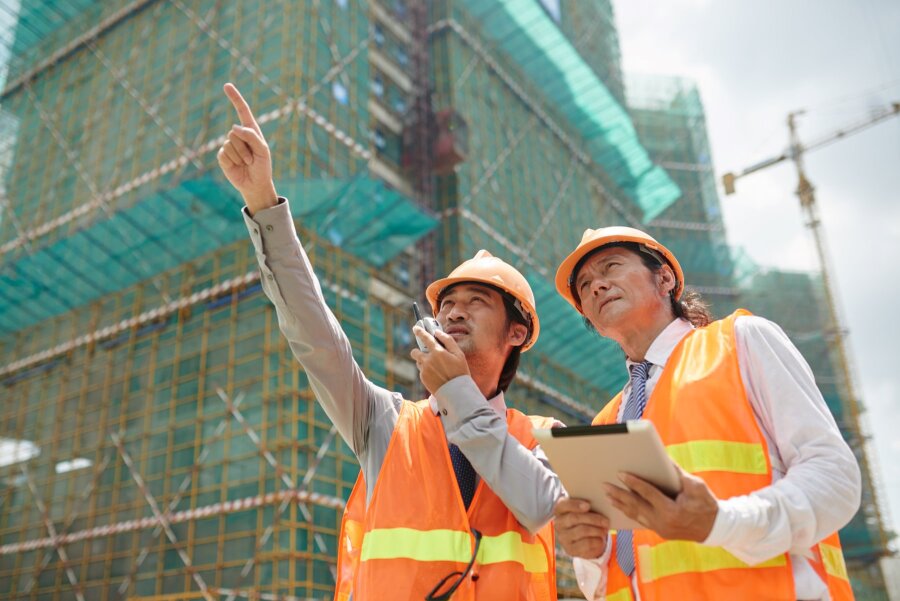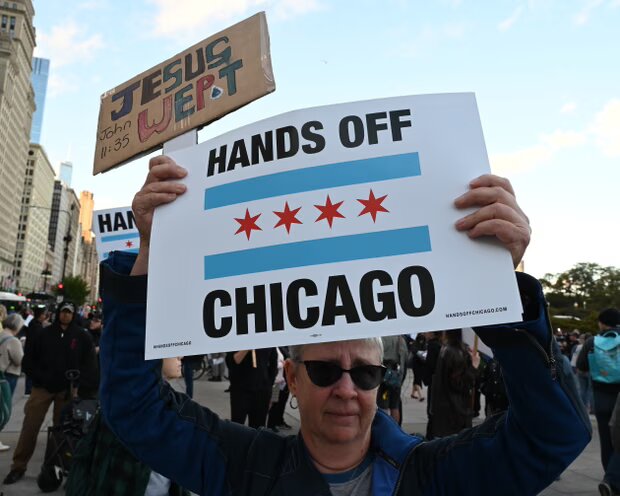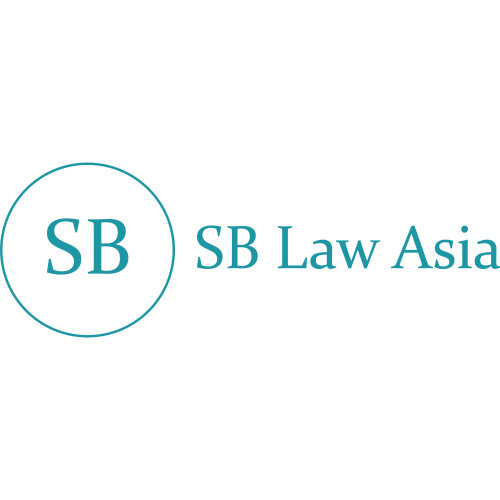In the world of property development in Thailand, understanding the local building regulations is absolutely crucial. It can save you from potential legal issues and help ensure a smooth property development process. In this guide, we will walk you through the key aspects of building regulations in Thailand and offer practical tips for property development.
Types of Construction in Thailand

Before we get into the details of building regulations in Thailand, it's essential to grasp the different types of construction recognized under Thai law (Control of Building Act)
1. Building
A "Building" encompasses a broad spectrum of structures, including those for residential or public use. This category even extends to dams, bridges, tunnels, waterways, and various other constructions. It covers anything that people may use or live in, or constructions intended for public assembly or general public use.
2. High Rise Building
When it comes to defining a "High Rise Building," it refers to a structure intended for habitation or use, specifically with a height reaching or exceeding 23 meters. How is this height determined? Well, the measurement involves gauging from the ground level of the construction all the way up to the roof deck.
For those with a gable or hip roof configuration, the height is measured from ground level to the highest point on the wall of the topmost floor. This parameter helps standardize how we categorize buildings and understand their vertical scale, which is crucial for various architectural and regulatory considerations.
3. Large Building
A "large building" refers to a structure designed for multiple purposes, such as residential, commercial, or mixed-use, spanning an expansive area. This can encompass the entire building or specific segments dedicated to dwelling spaces or various businesses. Specifically, a large building is identified by its significant size-either surpassing 2,000 square meters across all floors or on a single floor, or reaching a height of 15 meters or more. Alternatively, it can also denote a structure with a total area ranging between 1,000 and 2,000 square meters, considering all floors or a single level. In the case of a gabled or hip roof building, these measurements extend from ground level to the highest floor or the top of the wall for such a structure. Understanding these criteria is essential when considering the classification of buildings and their compliance with relevant standards and regulations.
4. Extra Large Building
An extra-large building can be applied to dwelling or business operations buildings across various categories. It's where the space has a substantial floor area, measuring upwards of 10,000 square meters across all floors or even a single floor within the same structure.
This classification is vital for those seeking a space that accommodates extensive operations or multifaceted purposes. Whether it's a commercial venture or a residential hub, an extra-large building caters to the diverse needs of its occupants, offering ample room to bring grand visions to life.
5. Special Building
A "Special Building" refers to structures that necessitate a special standard of stability, strength, and safety. This category includes theaters, libraries, religious places, piers, and ports for ships with a gross tonnage of more than 100 tons, as well as buildings for storing flammable substances.
6. Residential Building
A "Residential Building" is a structure used for both permanent and temporary dwelling purposes.
7. Commercial Building
A "Commercial Building" is any construction used for commercial purposes, including commercial services or light industry employing machines with a production capacity of 5 horsepower or less. It also encompasses buildings within 20 meters of a road or public way that can be used for commercial purposes.
8. Public Building
A “Public Building” is a space available for the general public to access for various purposes. This could span a wide range of activities-everything from official and political happenings to educational or religious events.
“Public Building” categories may be theaters, marketplaces, or the local library. Along with this, buildings such as hospitals, educational institutions, sports stadiums, commercial hubs like department stores or trade centers, and even airports-all of these qualify as public buildings.
Furthermore, this category also consists of infrastructure that supports our daily lives, like tunnels, bridges, and parking buildings. Even places like bus terminals, harbors, or cemeteries fall into this bracket of building.
9. Factory
The term "Factory" encompasses any structure or section that is specifically employed as a factory as per the laws regulating such establishments.
10. Restaurant
When we talk about a "Restaurant," it refers to a building or its segment dedicated to the provision of food or beverages, providing an area for seating with tables, both within the confines of the building and outside, spanning a size of 300 square meters or more.
11. Office
When you hear the term "Office," it refers to a designated space for work, typically a building or a specific area within one that spans 300 square meters or more. This area serves as a workplace where tasks and business operations take place. It's important to recognize that an office isn't just a physical structure but a functional space designed to facilitate productivity and professional activities.
Understanding these definitions is vital for legal compliance and helps delineate the specific usage and regulations tied to these distinct spaces. This insight aids in clear-cut distinctions when considering these types of properties under the governing legal frameworks.
Criteria on Interior Floor Area
The regulations also dictate the minimum interior floor area for various types of buildings. For instance:
- Each unit in a multi-family residential structure must contain at least 20 square meters of internal floor area for living purposes.
- Bedrooms must satisfy certain specifications, such as a minimum width of 2.5 meters and a floor space of at least 8 square meters.
- Room or building section heights vary depending on their intended use, ranging from 2.60 meters for residential uses to 3.50 meters for specific occupancy kinds.
Minimum Distance to Neighboring Land Plot
To ensure safety and privacy, Clause 50 of Ministerial Regulation no. 55 B.E. 2543 stipulates that any building taller than 9 meters but not exceeding 23 meters must have specific requirements regarding windows, doors, vents, or balconies concerning their proximity to neighboring land plots. These regulations are in place to maintain a harmonious living environment and prevent encroachment on neighboring properties.
Special Considerations for Buildings in Bangkok
If you're considering property development in Bangkok, it's important to note that the city has its own set of building regulations. For instance:
- Windows, doors, vents, or balconies on the first and second floors, or parts of a building not exceeding 9 meters in height, must be at least 2 meters away from the site boundary.
- For the third floor and above, or parts of the building higher than 9 meters, these openings must be at least 3 meters away from the site boundary.
- Residential buildings with a total area of not exceeding 300 square meters may require a solid wall if they are less than 1 meter away from the site boundary. If they are less than 50 centimeters away, a consent letter from the adjacent landowner is necessary.
Building Restrictions in Thailand
Understanding the zoning regulations and height restrictions is crucial when considering property development in Thailand. For example, there are height restrictions depending on the zone, and it's essential to be aware of these limitations.
Height Restrictions
In residential zones, buildings are typically limited to a height of 15 meters. In commercial and residential zones, you may be allowed to construct condominiums with a height restriction of 23 meters. Additionally, a fundamental rule applies to all construction: no building should exceed 80 meters above sea level.
Beachfront and Shoreline Regulations
Building regulations in Thailand near beaches are even more complex, with restrictions based on distance from the high tide mark. These restrictions aim to preserve the natural beauty of Thailand's coastlines:
- Area 1 (up to 50 meters inland) has a maximum height limit of 6 meters.
- Area 2 (50 to 200 meters inland) allows buildings with a maximum height of 12 meters.
- Area 3 (200 to 400 meters inland) permits buildings to reach a height of 16 meters.
- Beyond 400 meters inland, the maximum height allowed is 23 meters.
These regulations are essential for maintaining the aesthetic appeal and ecological balance of the coastal regions in Thailand.
Do You Need a Building Permit in Thailand?
Obtaining a construction permit is an important step in the property development process in Thailand. Here are some key points to keep in mind:
- A construction permit is a license issued by the local municipality, authorizing construction according to the submitted plan. It ensures that the construction complies with the Building Control Act and other building regulations in Thailand.
- When applying for a construction permit, you'll need to submit a detailed building plan, which includes specifications of the structure's type, size, location, materials, facilities, parking lots, and more.
- The time it takes to obtain a construction permit can vary, but in many rural areas, the process can be completed in less than four weeks.
Interior Floor Space Regulations
Interior floor space regulations are vital for ensuring comfortable and functional living spaces. These regulations ensure that residential units have a minimum area of 20 square meters, with specific requirements for bedrooms and other rooms. Complying with these regulations not only ensures legality but also enhances the quality of living spaces.
Do You Need Planning Permission to Build a House in Thailand?
If you plan to build your own home in Thailand, you should be aware of the steps involved in obtaining a building permit. Here are some key considerations:
- You'll need to apply for a construction permit, which can take approximately three weeks for residential buildings and 33 days for commercial buildings.
- The application process typically involves submitting a building plan that details the type of construction, size, location, materials, and facilities.
- You may need an environmental impact assessment (EIA) report for large housing developments, so it's important to determine the specific requirements for your project.
What is the Zoning Law in Thailand?
To ensure that your property development adheres to zoning regulations, it's essential to understand the property zoning system in Thailand. The Town Planning Act B.E. 2518 (1975) governs land utilization. There are also different color-coded zones determining permissible usage and the types of construction allowed in each area.
Here are the color-coded zones and their permissible usages:
- Low-density residential area (yellow): Suitable for low-density residential construction.
- High-density residential area and commercial area (orange): Allows for high-density residential construction and commercial activities.
- Agricultural area (green): Reserved for agricultural purposes.
- Recreation and environment conservation area (light green): Reserved for recreational and environmental conservation activities.
- Educational institution area (olive green): Intended for educational institutions.
- Religious institution area (light gray): Designated for religious institutions.
- Government institution and public utility area (navy blue): For government institutions and public utilities.
- Industry and warehouse area (purple): Reserved for industrial and warehouse use.
Each zone has specific rules regarding the height, total usable area, and usage of buildings. It's crucial to determine which zone your property falls under and adhere to the regulations accordingly.
In understanding a city's color zoning plan, it's crucial to grasp how each hue delineates distinct purposes and functions within the urban landscape. Essentially, these colors are the visual keys to different zones - purple, embodying industrial and warehouse areas; red, pulsating with commercial vitality; and yellow, painting the canvas of residential sanctuaries. Meanwhile, blue denotes the administrative nerve centers, while green swathes symbolize the nourishing embrace of agriculture and environmental preservation. The remaining spectrum delves into minutiae, catering to specialized, smaller zones.
For a comprehensive view of this level of urban planning and a deeper exploration of geographical specifics, the map can be found here.
The Land Development Department also has some useful maps for further research:
Land Use Types of Thailand
Land Resources
Land use in the northern region
Using Online Resources for Property Development in Thailand
Property development is often a complicated topic. Fortunately, there are some online resources that can greatly assist in property development. To identify land, flood zones, and property building codes, you can utilize various government resources and maps, such as the LongdoMap and the Land Department website. These resources can help you verify the status of the land you plan to develop and understand the potential challenges or restrictions associated with the location.
Seeking Legal Guidance
Property development in Thailand involves a myriad of regulations, from construction permits to zoning restrictions. To navigate this complex landscape successfully, it's highly advisable to seek the guidance of a qualified property lawyer in Thailand. A legal expert can provide you with invaluable insights, ensure compliance with local laws, and help you avoid potential pitfalls that could derail your property development project.
Property development in Thailand offers exciting opportunities, but it comes with a range of regulations and requirements. By understanding and adhering to these rules, seeking legal counsel when needed, and utilizing online resources, you can make a successful property development journey in the Land of Smiles.
If you have any questions related to building regulations in Thailand or construction law, browse the Best Housing, Construction, and Development Lawyers in Thailand for more information.



